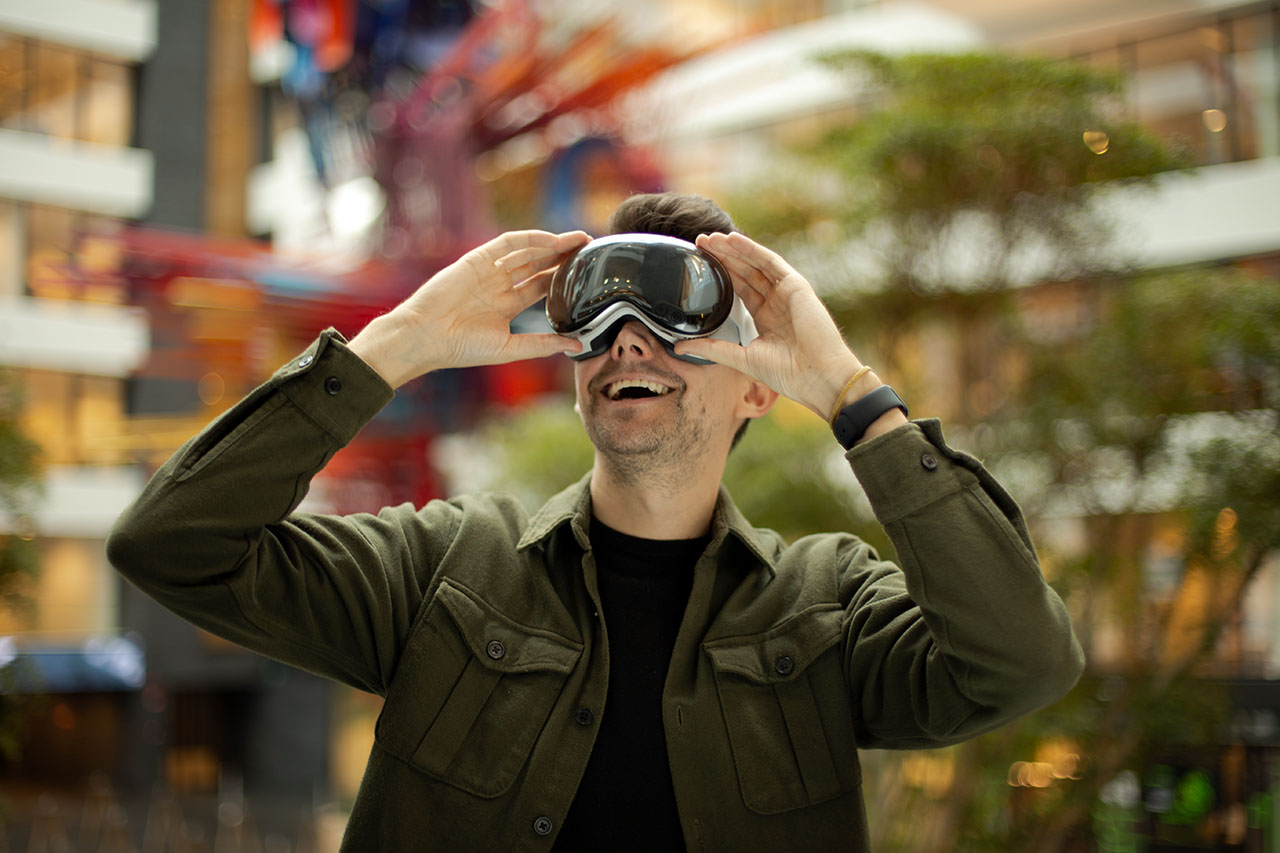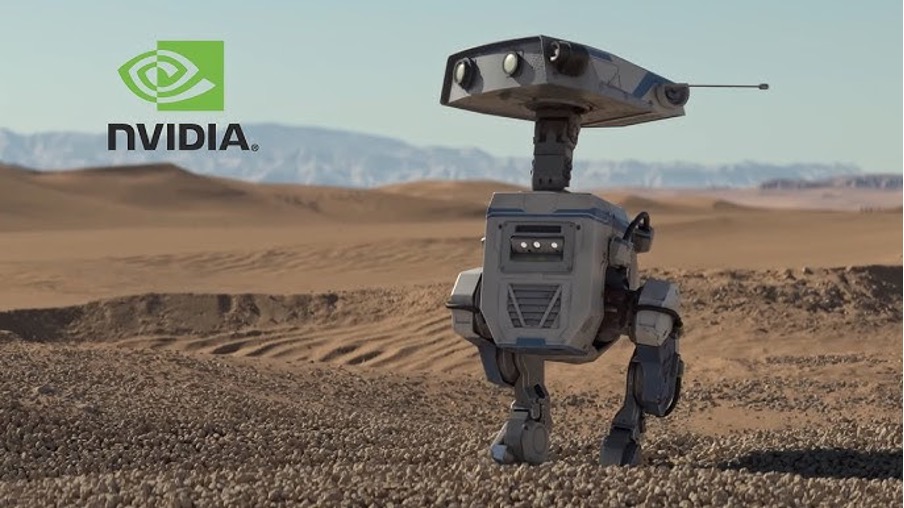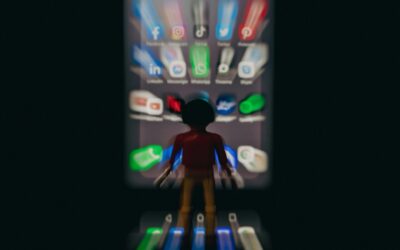
If you’re still waiting for some grand sign that it’s time to overhaul your digital strategy, congratulations—you’re already behind. Experts predict the next decade will bring more technological progress than the last century combined. And if that makes you feel uneasy, good. It should. The pace of innovation isn’t slowing down to let you catch up. Those who refuse to acknowledge the shift will become digital fossils, relics of an era where companies thought they could get by without investing in the future.
So, what now? You can’t fight what you don’t understand. Before you build, before you react, you need to get clear on the tectonic shifts happening right under your feet. Understanding these forces isn’t optional—it’s the only sane place to start. So let’s move forward with clear eyes and an urgency grounded in reality. Because the longer you wait to understand what’s reshaping your industry, the harder it gets to catch up.
THE FORCES RESHAPING EVERYTHING
AI: The Intelligent Fabric of Digital Products
Artificial intelligence has moved beyond an enabler—it is now embedded into the very core of digital experiences. Over the next few years, AI will become an invisible but essential layer, driving hyper-personalization, predictive analytics, and automation at scale. Small language models, multimodal AI, and AI-driven agentic systems will redefine how digital services operate, making them more autonomous and intelligent. As AI-powered co-pilots and assistants become widespread, organizations will need to rethink workflows, governance, and ethical AI adoption.
Let’s get one thing straight: AI isn’t coming for your job—it’s coming for your job as you currently do it. Take software development, for example: AI is already reshaping how we build digital products, and the change is only accelerating. From code generation and test automation to intelligent documentation and deployment, AI is taking the grunt work off developers’ plates and letting them focus on actual problem-solving.
Tools like GitHub Copilot aren’t just fancy autocomplete—they’re early versions of AI development agents that will soon operate semi-independently. And it doesn’t stop with engineers. Thanks to low-code/no-code platforms powered by AI, business users—yes, the ones in marketing and ops—are building production-grade apps with minimal support. By the end of 2025, Gartner predicts over 70% of new enterprise apps will be built this way.
This is the rise of what we at Deloitte call the DevEx revolution. Developer experience is now a strategic priority, and AI is at the center of it. The most innovative teams aren’t just writing code—they’re orchestrating systems, curating logic, and shaping AI-generated output. The long-term play? Building software with natural language prompts. Describe it, refine it, ship it. If you’re not building toward that future, someone else is. And they’re doing it faster, cheaper, and smarter than you.
XR and Phygital Experiences: The Digital-Physical Blur
Your screen isn’t the future—your environment is. Spatial computing and extended reality (XR) aren’t gimmicks; they’re an evolution of user interaction. The introduction of advanced XR devices and AI-powered immersive environments will bring new ways to engage with products, services, and experiences. The world is shifting from static interfaces to blended digital-physical experiences where online and offline experiences merge. Retailers that can’t integrate digital layers into physical spaces? Boring. Workplaces that don’t leverage immersive collaboration tools? No thanks. If your digital strategy still assumes people interact with tech the way they did five years ago, you’re designing for ghosts.
We’ve seen this shift firsthand through our Unlimited Reality practice. From immersive training and AR-powered field service tools to customer journeys that bridge the digital and physical, we’re working with organizations to turn XR from concept into impact. The potential is massive—and for those ready to explore it, the runway is still wide open.

Cybersecurity and Digital Trust: A New Frontier
People used to worry about hackers in hoodies. Cute. With new threats emerging—such as AI-generated deepfakes, data poisoning, and AI-powered cyberattacks—organizations must embed security by design. Digital trust is now a competitive advantage. Quantum computing, once a distant concept, is now a pressing issue: quantum-safe cryptography is becoming a necessity as quantum threats loom. The next generation of cybersecurity will require adaptive AI-driven threat detection, digital watermarking for AI-generated content, and a zero-trust security model that continuously verifies users and data.
This isn’t just about keeping the bad guys out—it’s about building products and platforms that people want to trust with their money, their data, and their lives. We’re seeing forward-thinking organizations bake trust into the foundation of their digital ecosystems, not slap it on as a patch. We’re working with clients to reimagine trust not as a compliance task but as a value driver—from zero-trust architectures to quantum-resilient cryptography. Because in a world where every interaction, transaction, and algorithm needs to be verified, trust isn’t a feature. It’s the whole damn product.
Cloud, Edge, and the Next Wave of Computing
Cloud-native architectures and edge computing are accelerating digital transformation. Businesses are rapidly adopting multi-cloud strategies, industry-specific cloud solutions, and AI-optimized edge processing to enhance performance and data privacy. The coming decade will see an even deeper integration of cloud, edge, and AI, making computing more decentralized, efficient, and intelligent. Organizations must prepare for the rise of industry clouds, which will deliver sector-specific capabilities and compliance frameworks tailored for different industries.
We’re already seeing this shift play out across the organizations we work with—moving from isolated infrastructure upgrades to comprehensive, cloud-native ecosystems. Through our work at Deloitte, we’re helping clients navigate this transition by designing flexible, future-ready architectures that integrate cloud, edge, and AI into a cohesive digital foundation. Because let’s be honest: if your infrastructure can’t flex with the future, your business won’t either.
Emerging Technologies Shaping the Next Decade
Beyond AI and XR, hardware innovation is making a comeback. The rise of AI-specific chips, neuromorphic processors, and on-premise AI hardware is changing how organizations develop and deploy AI at scale. The explosion of Internet of Things (IoT) networks will drive real-time automation in smart cities, healthcare, and industrial settings. If you’re building for software-only, you’re only building half a future.
Meanwhile, quantum computing breakthroughs could revolutionize materials science, financial modeling, and cryptography. Quantum chips are no longer theoretical; they’re here. We’re entering an era where quantum acceleration could shatter today’s computational limits, making “impossible” problems solvable in seconds. Organizations that start exploring these technologies today will gain a competitive edge as they become mainstream.
And while we’re here—robots. Yes, robots. Not the clunky ones you laughed at on YouTube ten years ago. We’re talking next-gen robotics fueled by advances in AI, perception, mobility, and autonomy. Robotics and AI aren’t just converging—they’re fusing into something entirely new. Machines that understand, move, and adapt in real time. From warehouses to operating rooms to your front door, robots are about to become part of everyday operations. Ignore that at your own peril.
We see these breakthroughs not just in headlines, but in the field. We work with clients to go beyond the buzz—prototyping AI-driven robotics and testing next-gen infrastructure that can support what comes next. Because getting ahead in emerging tech isn’t about having a lab—it’s about having a launchpad.

And You Thought That Was a Lot ?
We haven’t even mentioned blockchain, biotech rewriting the rules of human health, or brain-computer interfaces redefining what it even means to interact with technology. These aren’t side notes in the story of digital transformation—they’re game-changers that will send shockwaves through every business model you thought was safe. If you think disruption is big now, just wait until these forces kick down the door and demand a seat at the table.
Why This Matters (And Why You Should Care)
If any of this made you uncomfortable, good. That means you understand the stakes. The future isn’t something to wait for—it’s something to shape. Companies that recognize the shift happening now will be the ones leading tomorrow. Those who hesitate will be the cautionary tales we tell five years from now.
Here’s the good news: you don’t have to navigate this alone. At Deloitte Digital, we don’t just talk about the future—we build it. We help organizations rethink their digital strategies, adopt emerging technologies, and future-proof their businesses against the inevitable waves of change. Whether you need to modernize your AI capabilities, secure your digital trust, or redefine customer experience with immersive technologies, we have the expertise to turn uncertainty into opportunity.

MORE TO COME
In the coming weeks, we’ll be breaking down these transformative forces in greater detail, exploring how they’re shaping industries, redefining customer expectations, and creating new business models.
If you want to stay ahead of the curve, this is where you start. Each piece will cut through the hype and get to the heart of what’s changing—and what to do about it. Stay tuned.

Gino Wuytjens
Senior Lead




